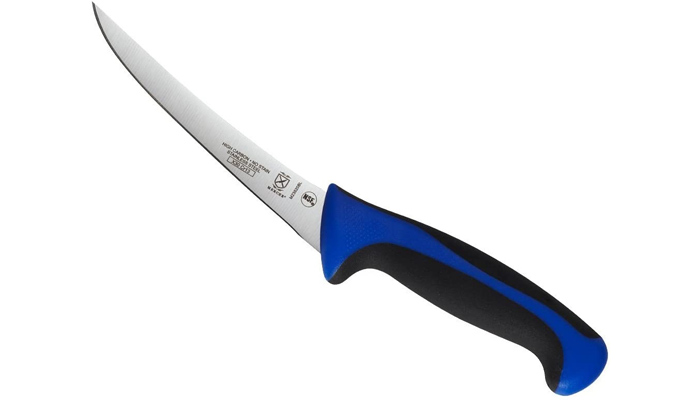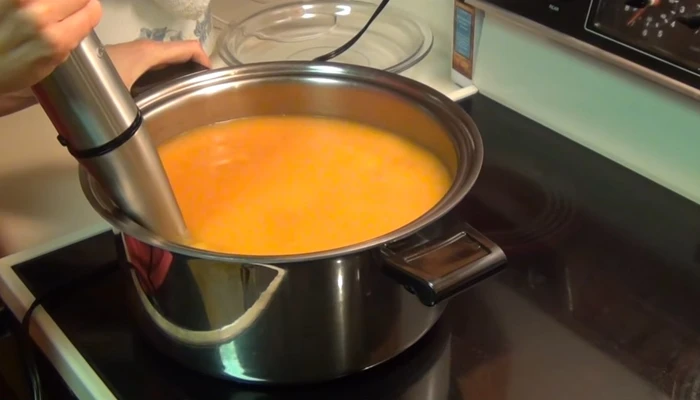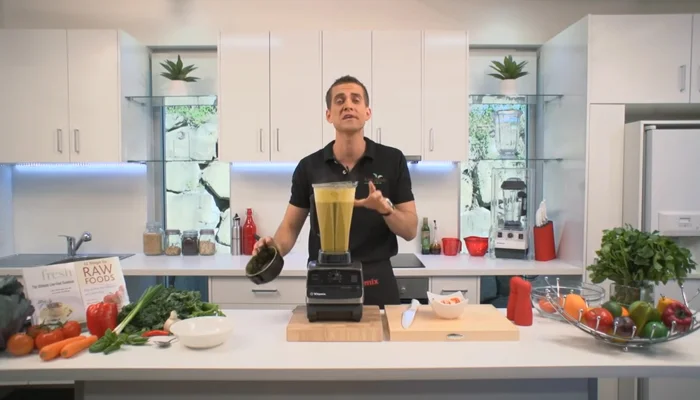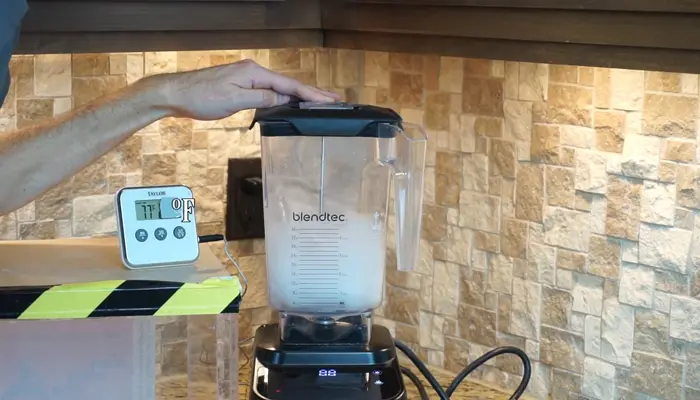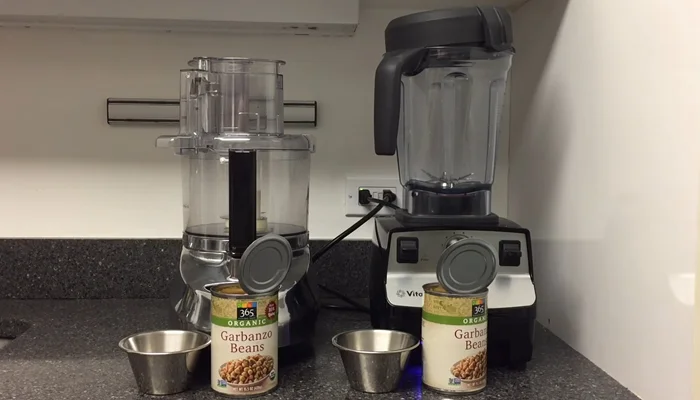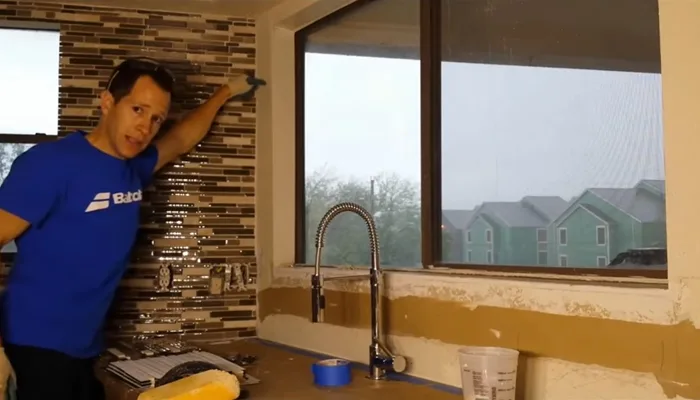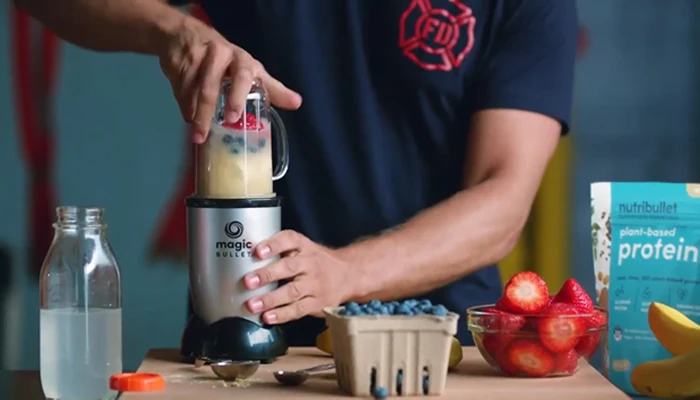How to Sharpen a Curved Boning Knife | 8 Methods
Curved boning knives are some of the most useful and important knives in the kitchen. It is very helpful in preparing meat, poultry, and fish dishes. Sharpening a curved boning knife is an art that few people know how to do. It’s not simply about sharpening the blade but also making sure you sharpen it evenly on both sides. It can be difficult, but with these simple tips, you’ll have your curved boning knife sharpened quickly.
What is a Curved Boning Knife?
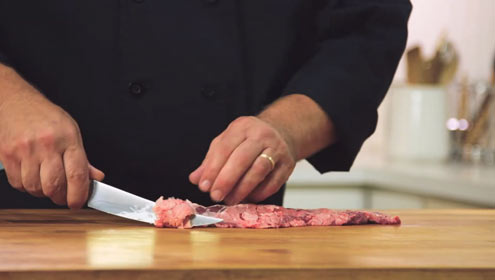
A curved boning knife is a kitchen knife that has a slightly curved blade. This type of knife is designed for boning meat, poultry, and fish. It is also great for filleting fish. The curvature of the blade makes it easier to remove bones from meat and fish.
What You Will Need?
The following items will be helpful to you if you wish to sharpen your curved boning knife:
- A sharpening stone: A sharpening stone is a must-have for any home cook. It is the best way to sharpen a knife. There are many different types of sharpening stones, so choose one that suits your needs.
- A honing rod: Knives can also be sharpened with a honing rod. The tool helps realign the blade and can be used every day to keep your knives sharp.
- A kitchen towel: A kitchen towel is helpful for keeping your hands clean and dry while sharpening your knife.
- A woodblock: Woodblocks are a great way to protect your countertops from scratches. It also provides a stable surface for sharpening your knife.
- A curved boning knife: Of course, you will need a curved boning knife.
How to Sharpen a Curved Boning Knife?
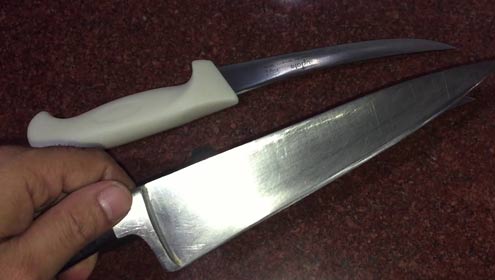
Here are some simple steps to follow when you wish to sharpen your boning knife:
Wet the Sharpening Stone
Wet the sharpening stone with water before use. This will help to keep the stone clean and prevent it from slipping. It will make the sharpening process easier.
Place the Knife on the Stone
Place the blade of the knife on the stone at a 20-degree angle. Make sure that the blade is touching the stone evenly on both sides.
Sharpen the Blade
Use a back and forth motion to sharpen the blade. Start at the base of the blade and move towards the tip. Repeat this process 10-15 times.
Check the Blade
After sharpening the blade, check to see if it is evenly sharpened on both sides. If not, repeat steps 2-3 until the blade is evenly sharpened.
Flip the Knife Over
Now that one side of the blade is sharpened, flip the knife over and repeat steps 2-4 on the other side of the blade.
Clean the Knife
Once the blade is sharpened, wipe it down with a damp cloth to remove any metal shavings.
Polish the Blade
Use a honing rod or kitchen towel to polish the blade. This will help to remove any burrs and make the blade even sharper.
Store the Knife
When you’re finished sharpening the knife, store it in a safe place. A kitchen drawer or woodblock is a great option.
The Precautions to Be Taken When Sharpening Curved Boning Knives
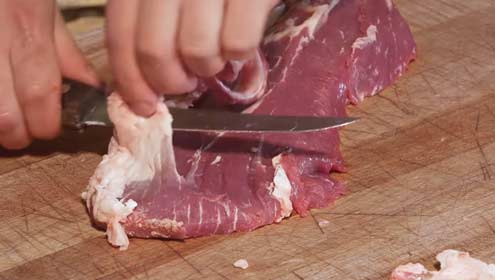
Now that you know how to sharpen a curved boning knife, it’s important to take some precautions. Always sharpen your knife in a well-ventilated area. Sharpening knives can create a lot of dust, so it’s important to be in a room with good ventilation.
In addition, always sharpen your knife on a stable surface. A woodblock or countertop is ideal. Avoid sharpening your knife on glass or tile surfaces. These surfaces can be slippery and cause the knife to slip.
Finally, be sure to clean your knife after sharpening it. This will help to remove any metal shavings and keep the blade in good condition.
Why It is Important to Sharpen Your Curved Boning Knife?
It is important to sharpen your curved boning knife for a few reasons:
- A sharp knife is a safer knife: A dull knife is more likely to slip and cause an accident.
- Sharp knives are more effective: You will be able to prepare food more effectively if you have a sharp knife. It will make slicing and dicing easier and faster.
- It’s easier to use a sharp knife: A sharp blade requires less force to use. This means that you can use the knife for a longer period of time without tiring your hand.
- Sharp knives are more precise: When cutting food, a sharp blade will allow for greater precision. This is especially important when preparing delicate dishes.
- Using a sharp knife is more enjoyable: Let’s be honest, a sharp knife is just more fun to use. It makes cooking more enjoyable and satisfying.
FAQs
How do you store a curved boning knife?
When not in use, store your curved boning knife in a kitchen drawer or woodblock. Be sure to wipe the blade down with a damp cloth after each use.
How often should I sharpen my curved boning knife?
It is best to sharpen your curved boning knife before each use. However, if you find that the blade is losing its sharpness, you can sharpen it more frequently.
What is the best sharpening stone for a curved boning knife?
There are a few different types of sharpening stones that can be used to sharpen a curved boning knife. However, we recommend using a medium-grit stone. This will help to quickly and effectively sharpen the blade without damaging it.
Is a Straight or Curved Boning Knife Better?
This is a matter of personal preference. Some people prefer a straight boning knife because it is easier to control. Others prefer a curved boning knife because it provides more power when cutting through tough meat. Ultimately, the best type of boning knife is the one that feels most comfortable for you to use.
Summary
A sharp knife is a safer knife, and it’s important to sharpen your curved boning knife before each use for the best results. With a little practice, you’ll be able to get your blade razor sharp in no time using one of the methods we’ve outlined. So don’t wait any longer, put these tips into action and start cooking with a sharper, safer knife today.
